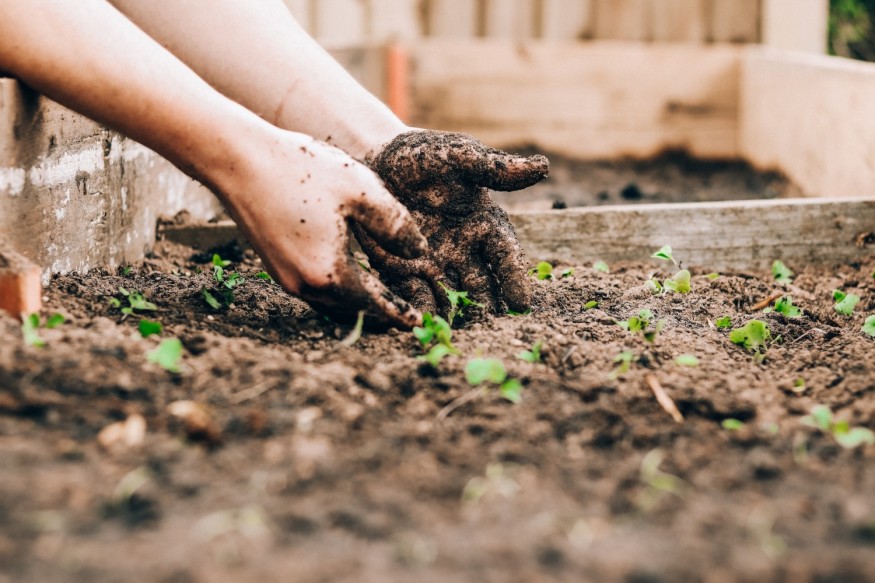Scientists are developing a new agricultural method that involves extracting phosphorus from wastewater, turning it into a macronutrient, and reintroducing it to the soil.

Phosphorus from Wastewater
To truly "close the loop" on several common agricultural methods, researchers have removed harmful phosphorous from wastewater and added it to a soil superfood called biochar.
The biochar is created by burning organic matter in an oxygen-deficient atmosphere, transforming it into charcoal that functions as an underground rainwater sponge and supplies phosphorus and other nutrients essential for plant growth.
The four macronutrients- amino acids, carbohydrates, fatty acids, and ketone bodies-are essential for providing energy to all living things.
New Agricultural Practice
The way plants function is a little different. Phosphorus is one of the macronutrients found in the green kingdom, and healthy crops are significantly benefited by its presence in the soil.
Because this essential substance generates enormous blooms of algae that prevent light from reaching the seafloor once it enters the ocean, phosphorus discharge into streams is a significant threat to marine life.
This issue can also arise with riverine plants on the way there, which is why it is also regarded as freshwater pollution.
Using phosphorus collected at wastewater treatment plants, Daniel Strawn, a University of Idaho professor, and his team have established a technique and technology that can enrich biochar.
It is a comprehensive technique because Strawn's team is recycling phosphorus, drawing cleaner water, improving soil health, and building a carbon sink that lowers atmospheric greenhouse emissions.
Phosphorus Into Biochar
Biochar has gained significant global market traction as a soil amendment, and Strawn theorizes that wherever there is agriculture, there is phosphorus runoff that could potentially be used to supercharge the material and return the element to the crops of the following season where it belongs.
Using a synchrotron microscope in Canadian Light Source, a national research facility, some of the experiment was conducted.
Strawn and his team used this method to examine different materials to discover which one could store the most phosphorus after being converted into biochar.
The study's authors claim that biochar generated from bovine manure absorbs more phosphorus than activated carbon. Pine tree trimmings were the other substance that absorbed a fair amount of liquid.
Manure is an excellent soil amendment in and of itself, but sometimes it doesn't fall on an area that needs fertilizer.
Manure is frequently disposed of in landfills in these situations. Instead, the material might be used to make charcoal for this phosphorus extraction process.
The University of Idaho owns the patent for the biochar-water treatment method created by Strawn and his associates, according to Canadian Light Source.
To address pressing issues and transform them into a significant solution, Strawn hopes to disseminate awareness of the solution as quickly as possible globally, Good News Network reported.
The study done by Strawn's group was recently published in the journal PLOS Water.
Related Article : Farming with Engineering, Synthetic Biology Doubles Crop Yields - Study
© 2025 NatureWorldNews.com All rights reserved. Do not reproduce without permission.





